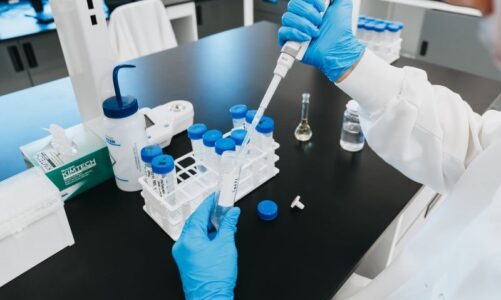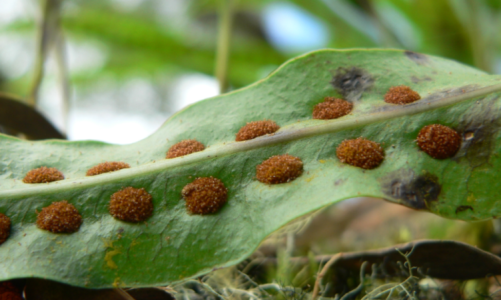Flesh-eating bacteria is a serious infection that rapidly grows on the skin making it peel. Another name of flesh-eating bacteria is necrotizing fasciitis. It is a rare form of bacteria that targets the skin and may lead to death if left untreated. Its variants are mostly found in France, Sweden, Canada, and Japan. This bacteria damages the tissues, skin, and fats of the person. It may target any part of the body.
Risk factors related to flesh-eating bacteria
This infection may most likely occur to those people who have:
- A weak immune system
- Chronic illnesses like cancer and diabetes
- Undergone a fresh surgery
- Used steroids as medicines
- Had a rash due to a viral infection
Causes
There may be several possible causes of flesh-eating bacteria like:
- If you have got an injury or an open wound then this bacteria can go inside the wound and may start targeting the inner layers of the skin
- If you have got an insect bite then there is a chance that this bacteria may attack the skin
- If you have burnt your skin then your skin becomes prone to this bacteria
- If your wound comes into contact with raw oysters, seawater, or crabs
- If you have bruised your muscles
Precautions
If you know or care for a person who has come in contact with a necrotizing fasciitis person and after some time you start noticing the signs then it is highly recommended that you immediately call your doctor and book an appointment. Some antibiotics can be bought from an online pharmacy service like 90daymeds which is a Canadian pharmacy selling medicines at discounted prices. Wash your hands frequently and take a bath daily to avoid its contraction.
Symptoms
The symptoms of this condition appear within 24 hours in which a person may feel:
- Increased pain on an open wound
- Redness around the wound
- Nausea
- Fever
- Weakness
- Dizziness
- Dehydration
- Swelling
- Severe rash
- Violet colored large marks turning into blisters
- Skin peeling off and discoloration
Some serious symptoms include:
- Extremely low blood pressure
- Toxic shock
- Unconsciousness
- Death
Diagnosis and treatment
This condition can be diagnosed by running a series of tests like a biopsy, blood test, and CT scan. In a biopsy, a small sample of the deepest tissue of the skin is taken to examine. Ct scan tells the thickness of the skin to determine the contraction of this disease. Antibiotics and medications to raise blood pressure are given to control the effects of this disease. In extreme cases, immediate surgery is performed to eradicate this bacteria.




